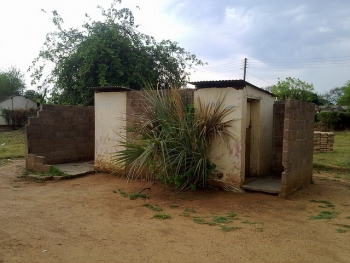Solving Residential Septic System Problems

The residential septic system can be regarded as sewage treatment system on a small scale. Areas disconnected from the municipal sewage system deploy such methods and it is essential to maintain such systems under these conditions. Periodic inspection of the septic tank can prevent expenditure on repair costs as well as prevents any environmental issues to occur.
If the septic system is designed properly then it can serve as an efficient waste water treatment facility in the long run. All the water that comes from different household work can be treated efficiently. If the system is not maintained then the owner might have to incur heavy repairing cost. The treatment of water will also ensure that the groundwater is not contaminated and is safe for household use. Improper maintenance is mostly the reason which leads to the failure of the septic system at a very early stage. If the system is not pumped out regularly then sludge starts to buildup in the tank which in turn flows into the drainage field. Once these solid materials reach the fields, it clogs the pipe which finally needs expensive repairing work.
There are four major parts of any sub surface disposal system. They are as follows:
• The piping
• Septic tank
• Drainage or leach field
• Soil
Though the soil forms the major part of the system, it is often being ignored by most people. The soil contains microbes that are solely responsible for the removal of the contaminants from the advance wastewater that makes it fit to enter the groundwater supply. Being the owner, it is very crucial to know the basics of the working of a subsurface disposal system.
It is recommended to inspect the septic tank once in every 2 years to keep a check on sludge buildup. You can contact any licensed contractor for the pumping of the septic tank when required. The contents of the tank should be discarded every 2 or 3 years depending upon its use.
Use of cleaners, starters or bacterial feeds is generally not required in a septic tank. The top soil spread over the field should not be disturbed once being installed. The soil should be grassed. Establishment of any trees or shrubs over the septic tank is a strict no and the outlet of sump pumps should be kept away from the tanks as well as the lawn sprinkler systems to avoid any future issues.
Whether it is commercial or residential septic system problems, you can now rely on dedicated experts' help for innovative and swift solutions with the highest standards right here.
